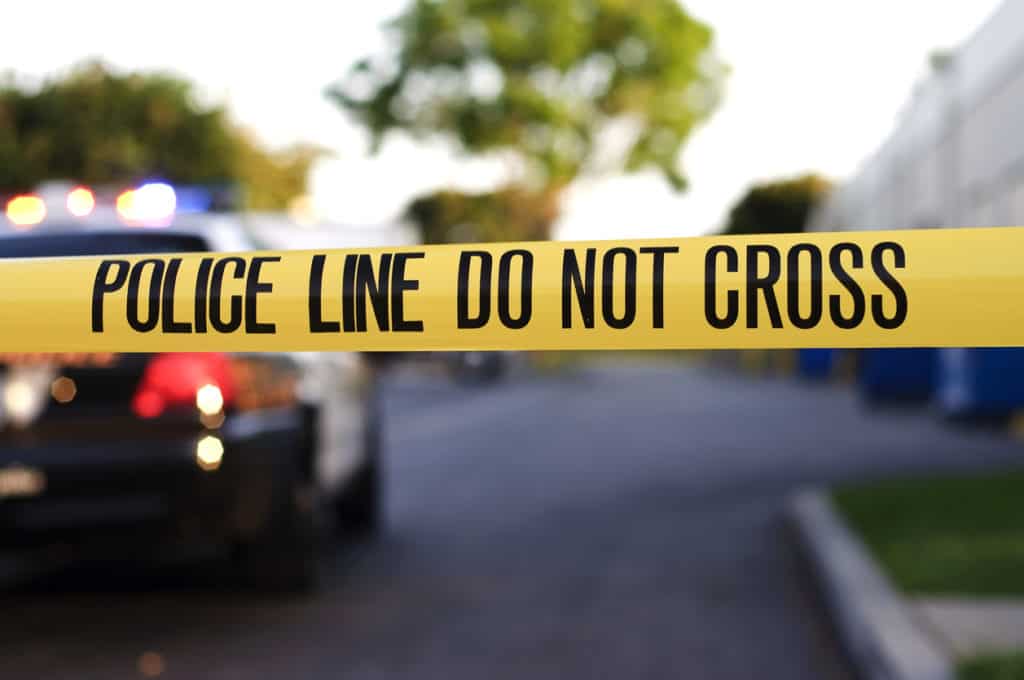
Active Shooter Training for Civilians: the power of WHY
Convince leaders training means survival.
Corporate heads and school leaders can debate if and how they should train their people to react to active shooters. Convincing them appropriate, reality-based training best falls squarely on explaining WHY. Turns out, reality convinces.
Training budgets and calendars often fall victim to more pressing matters and make difficult the arguments that preparing for the worst is the best; that there are options during chaos.
We’ve all sat through in-services and school seminars where WHY we were there was completely missed. That same training could have been given in half the time, lacked purpose (other than to meet some regulatory requirement) or was just filler for a larger program. We were bored and left frustrated that our time was wasted. The instructor ignored or glossed over the WHY, or didn’t fully believe in the training.
As law enforcement, you understand survival and perhaps fought for your life. Pretty convincing. There are people in companies and public agencies (like schools) who hesitate to teach anyone how to deal with a violent crisis. They find reality ugly. It’s why police officers, firefighters, and EMS personnel exist. You’re not ugly, but you represent it. Use it.
As I mentioned in a previous piece, it’s the ugly side, the survival piece, the reality, most don’t want to deal with. Sadly, the critical “last stand” we know in law enforcement and the military, is giving up isn’t an option. You’ll recall from your recruit days, if you didn’t have the winning survival mindset, you learned quickly you need it.
Fear can be a great motivator, but paralyzes some; not an option in an active shooter incident. Buy-in from leaders requires understanding they and their people CAN survive. Not understanding WHY you are training is pointless. In the case of active shooters, personal survival and that of those around you should be motivation enough. Sometimes people need to be nudged into reality. You’re used to doing that, right?
Military, law enforcement, security professionals – all people who put their lives on the line – know surviving critical incidents comes down to erasing self-doubt. That means training. Reality-based training. No different for when you consider active shooter training for civilians
What do you have to convince them? Plenty.
- There’s nothing boring about an active shooter. It dominates headlines; the stuff of movies; it fascinates.
- It’s real. Scares some, enthralls others, but ignites survival instinct. Build upon that.
- Civilians trained to react, and that a fight is necessary, aid police.
- Active shooter incidents typically last 10-15 minutes. Civilians may be the only aid before first responders get there. Pre-staged medical equipment and trained personnel within a scene have proven effective.
- Survivability increases with resistance, distraction, and fighting. Data backs this.
- Survivability decreases by cowering, hiding, and doing nothing. Data backs this too.
- At close range, with no option to flee, survivability increases with attempts to incapacitate the shooter. Again, data.
- Police frequently arrive AFTER the killing has stopped.
- Preparation, planning, and practicing for the worst work.
- Role playing and reality-based training is effective – “the body will go where the head has been before.”
- Coordinated, cooperative efforts between all sectors within communities work.
- Not all workplaces have security personnel – civilians must step in.
- There are no national workplace standards to combat violence.
- Reporting suspicious behavior, someone or something out of place works.
- In the middle of chaos, proper training kicks in.
- Here is some additional data from an FBI research study published in 2014.
We shouldn’t play on people’s fears. We SHOULD show them how to capitalize on abilities and resources. As trainers, you see the survival spirit emerge when people realize they CAN fight, realize there IS power in numbers, and learn they CAN make a difference in a crisis. You know determination and training go hand in hand – that ability to overcome crisis is birthed from having been there before.
In reality-based training.
Convincing leaders of our communities’ private companies and public agencies begins with conversations about the realities other communities and individuals have faced and survived.
Law enforcement is suitably equipped to increase civilian survival of active shooter incidents and their aftermaths through reality-based training. It’s time to empower police to lead the battle to reduce the incidence of violence in our schools and workplaces. It’s also time we equip the public, en masse, to combat threats if they are confronted.